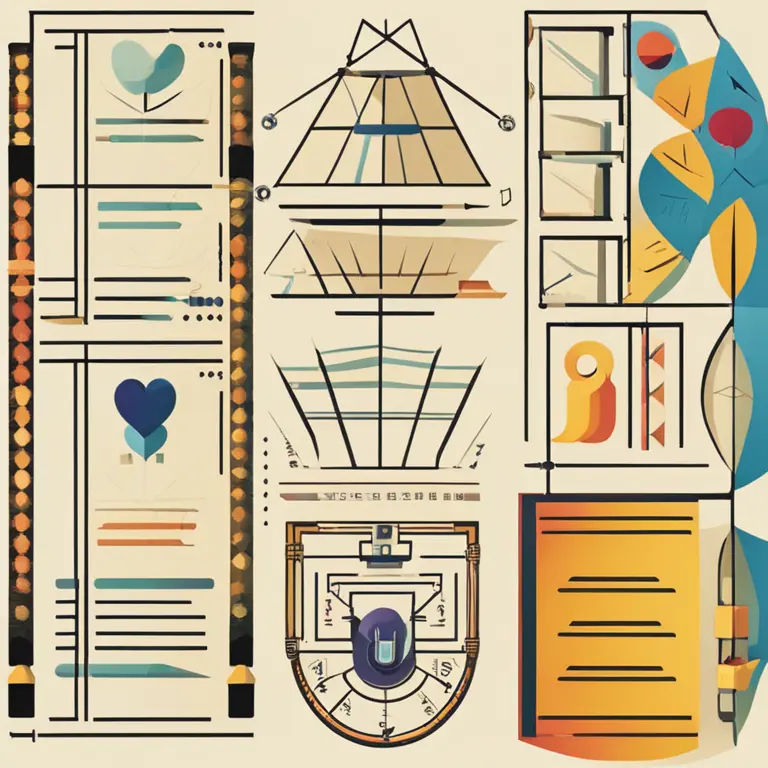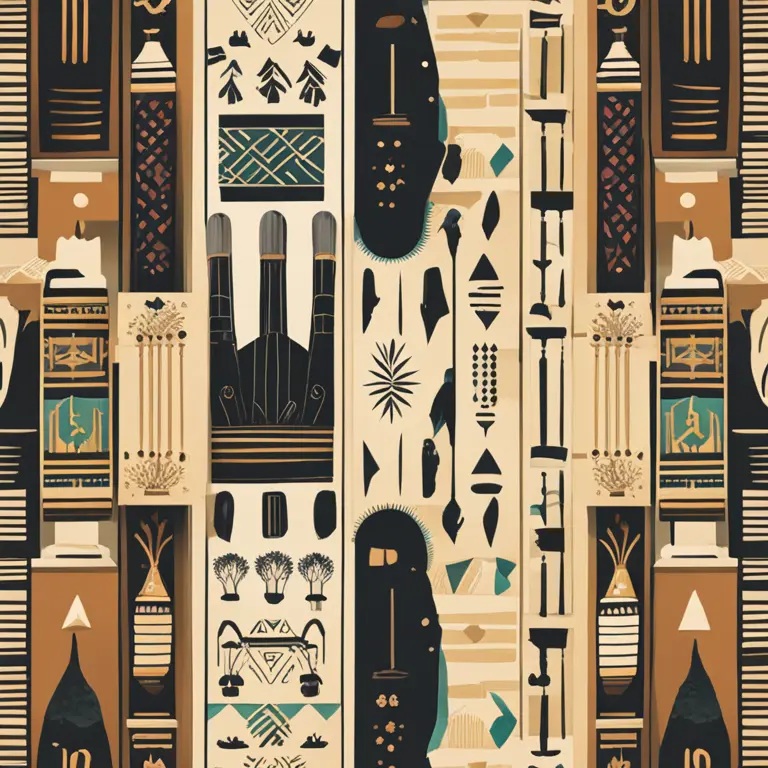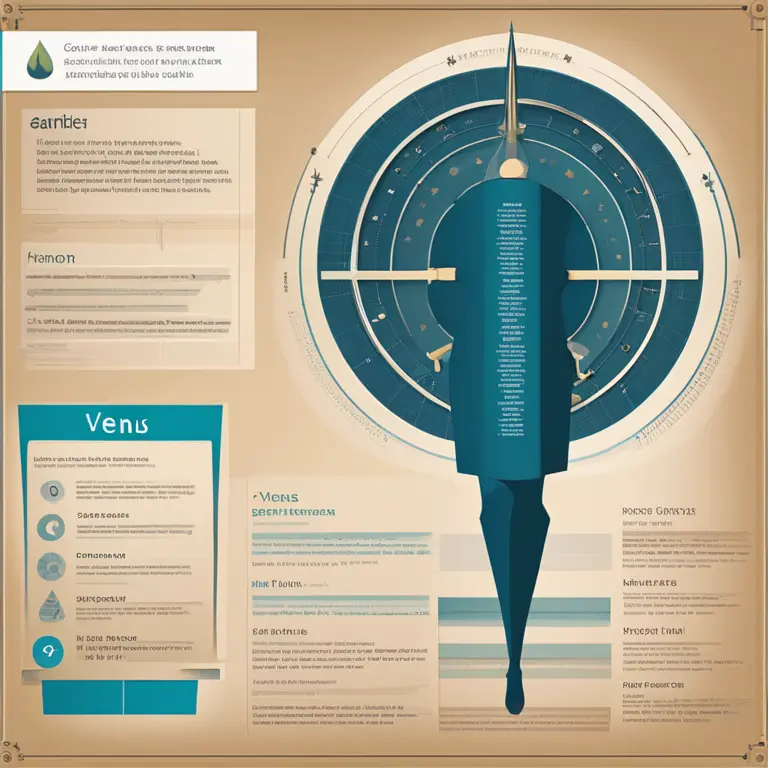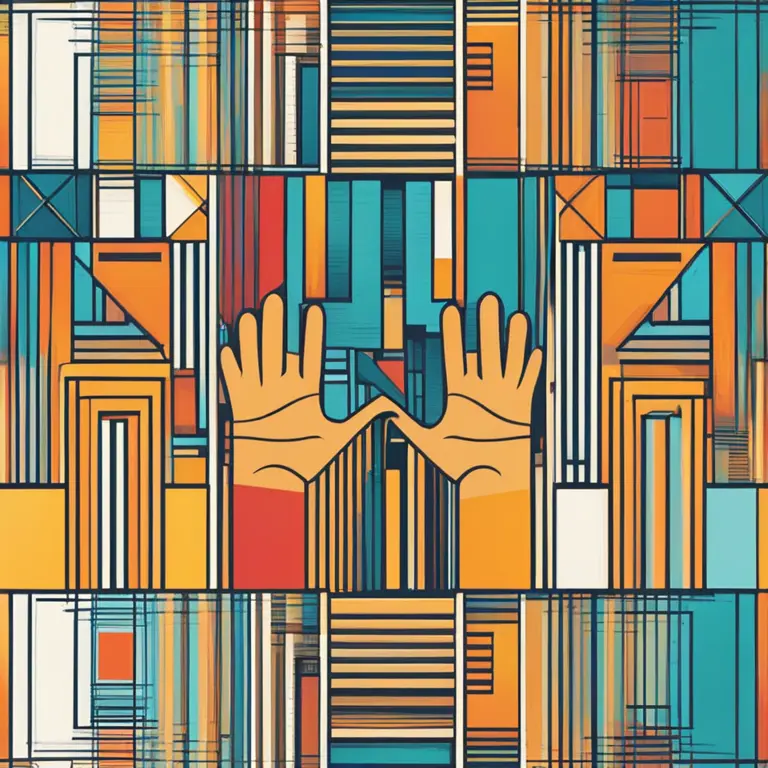
The Art of Palmistry: A Guide to Your Hands' Secrets
Delve into the basics of palmistry and discover how the lines and features of your hands may reveal insights into your personality and life path.
article by Nora Pennington
The Origins of Palmistry
Palmistry, or chiromancy, is a practice rooted in antiquity, with evidence suggesting its use in various cultures like Indian, Chinese, and Egyptian civilizations for thousands of years. It is based on the belief that one's hands can reflect individual personality traits and life experiences. Contemporary palmistry combines ancient techniques with psychological insights, providing a more nuanced interpretation that resonates with a modern audience interested in self-discovery and personal growth.

Core Elements of a Palm Reading
A palm reading typically examines several aspects of the palm, including lines, mounts, shapes, and finger lengths. The heart line, head line, life line, and fate line are the four main lines analyzed for insights into emotions, mind, vitality, and life changes, respectively. Mounts, the fleshy pads beneath each finger, are indicators of different attributes like courage, communication, and ambition. The overall hand shape can suggest elemental characteristics, such as fire for passion or water for creativity.

Lines and Their Significance
Each line on the palm offers a panorama of potential outcomes and traits. The heart line delves into love and relationships, while the head line gives clues about intellectual leanings and decision-making processes. The life line, often misunderstood as a predictor of lifespan, actually sheds light on health and vigor. Finally, the fate line can indicate the impact of external forces on life's trajectory. An absence or clarity of these lines also bears meaning, suggesting a carefree lifestyle or a predetermined path.

Hand Shapes and Finger Analysis
Beyond the lines, the hand's shape and fingers provide additional context. Palm readers categorize hand shapes by elements like Earth, Air, Fire, and Water, each associated with specific temperaments. Fingers and thumbs, in turn, reveal fine-grained details. For instance, a long thumb implies leadership qualities, while the size and shape of the Venus mount (below the thumb) can hint at levels of compassion and sensuality. Fingerprints and nail shapes further refine a reader's interpretations.

Modern Palmistry's Relevance
Today, palmistry is seen as a blend of art and science, intersecting with psychology to offer self-reflection and personal advice. Rather than rigidly predicting the future, contemporary palmists focus on potential and agency, encouraging clients to understand their inherent dispositions and consider how their actions might influence outcomes. This shift towards empowerment and self-guidance places palmistry as a tool for contemplation within the broader landscape of personal wellness.
Palmistry as a Personal Journey
Engaging with palmistry can be a deeply personal experience that prompts introspection. Whether one approaches it with a sense of curiosity, a desire for entertainment, or a quest for personal enlightenment, palmistry provides a unique perspective on the human condition. It catalyzes conversations about our nature, our choices, and our direction in life, making it a timeless and evolving practice that continues to captivate seekers of wisdom.
Published: 1/11/2024
Modified: 1/12/2024
More predictions
Come back here soon to learn more about yourself and your future


Can We Trust Palmistry?
Delving into the realm of palmistry, this article examines its credibility and place in contemporary spiritual practices.


The Possibility of Palmistry in Cancer Detection
Examining the claims that palmistry holds any potential in identifying the risk of cancer: a deep dive into the world of mysticism and medicine.


The Essence of Palmistry: Interpreting Lines and Shapes
Delve into the world of palmistry to discover the meanings behind the lines and shapes etched into the palms of your hands.